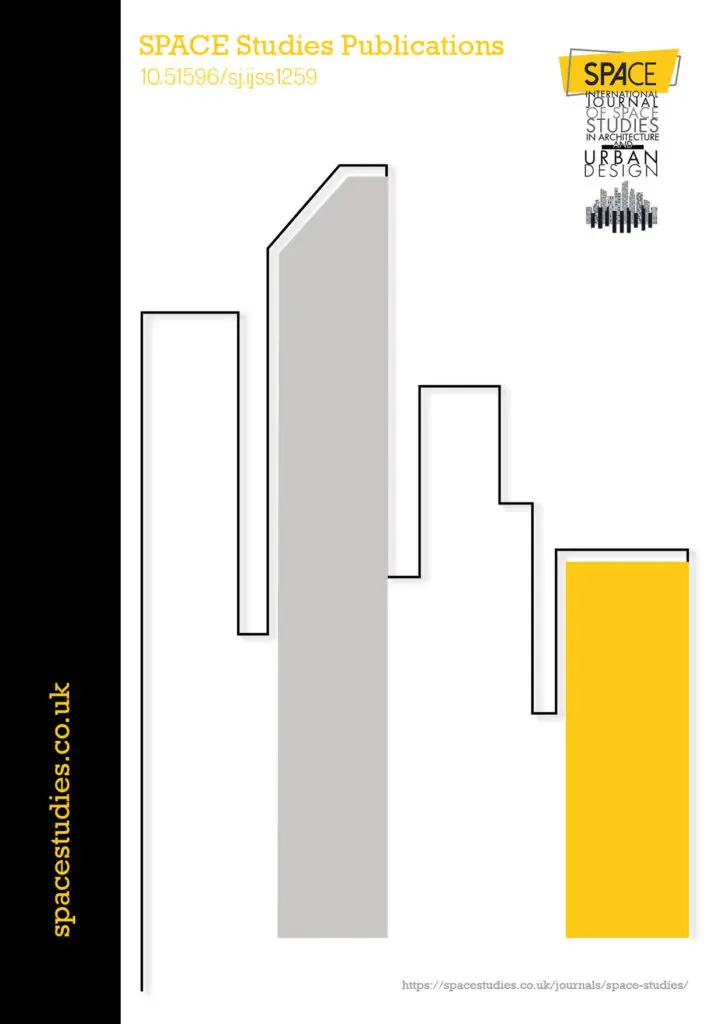
Technological developments have brought many innovations in terms of efficiency in the building sector as well as in the industry. “Smart Building” is a concept that brings together the digitalizing world with the changing terms of comfort and our behaviours that have become the normal of daily life. The smart buildings, that is a product of multidisciplinary study, aim at maximum functionality, savings and benefit. However, in the concept of “Smart Building”, the technical characteristics of the materials used in the building and even the flexible space organization that can change functions with mobile systems should also come to mind. When the design is viewed in terms of functional flexibility, flexible spaces that can serve different purposes simultaneously in the organization of the space will be discussed. With the online life that started after the pandemic, the design expectations are towards the inclusion of office functionality in standard residences.
£450.00 per Year.
Access to conference registration
Access to Journal subscription
£380.00 per Year.
Access to conference registration. Proof of student eligibility required.
Access to Journal subscription.
£410.00 per Year.
Discounts on conference registrations, SPACE shop and e-journals. Access to members only areas on the website.
Access to Journal subscription.
£400.00 per Year.
Student priced discounts on conference registrations, SPACE shop and e-journals. Access to members only areas on the website. Proof of student eligibility required.
Access to Journal subscription.
Acknowledgements
This research did not receive any specific grant from funding agencies in the public, commercial, or not-for-profit sectors.
Conflict of Interests
The Authors declare no conflict of interest.
References
Ahmed I., Ahmad M., Jeon G. (2021). Social distance monitoring framework using deep learning architecture to control infection transmission of COVID-19 pandemic. Sustainable Cities and Society, 69 (102777). https://doi.org/10.1016/j.scs.2021.102777
Anıl E. (2015). Akıllı Binalar (Smart Buildings) Nedir https://www.icmimarlikdergisi.com/2015/09/18/akilli-binalar-smart-buildings-nedir/
Architizer Journal (2017). The art of hiding kitchen tucks away. https://architizer.com/blog/practice/materials/the-art-of-hiding-kitchen-tucks-away/
Cohen, J., (1996). Mies van der Rohe, trans. Rosengarten, M. Chapman & Hall, Hong Kong.
Estalji H. (2017). A Review of Flexibility and Adaptability in Housing Design. International Journal of Contemporary Architecture ”The New ARCH“ Vol. 4, No. 2. DOI: 10.14621/tna.20170204.
Gali Taşçı, G. (2020). Rezidanslarda Konfor Koşullarının Pandemi Dönemi Etkisinde Analizi, [Analysis of Comfort Conditions in Luxury High-Rise Residences under the Effect of Pandemic Period Kent Akademisi], Volume, 13 (43), Issue 4, Pages 701-721
Hill, J., (2003). Actions of Architecture: Architects and Creative Users, Routledge, New York.
Houzz (2014), Modern Showbiz by SB LA. https://www.houzz.com/photos/modern-showbiz-by-sb-la-contemporary-living-room-los-angeles-phvw-vp~3025183
Irak, N., & Yılmaz, E. N. (2019). Akıllı Binalarda Konfor Faktörü ve Optimizasyonu [Comfort Factor and Optimization in Smart Buildings], International Congress on Human-Computer Interaction, Optimization and Robotic Applications, 4(5): 136-141.
Karakaş, G., Sönmez, A. (2019). Mimaride Esneklik ve Kullanıcı Talepleri [Flexibility in Architecture and User Demands], Yapı Dergisi, 451, 42-45.
Kas M.(2021). Smart buildings: supporting the flexible workplace of the future. VP of Digital Energy – Schneider Electric.
Koş Cimşit F., Kızmaz C.K. (2015). Esneklik Kavramında Kullanıcı Katılımıın Önemi ve Güncel Yaklaşımlar [Involvement of The Concept of Flexibility and Current Approaches], Beykent Üniversitesi Fen ve Mühendislik Bilimleri Dergisi, 8(2), 111 – 142. https://doi.org/10.20854/befmbd.59800.
So, A.T. ve Chan, W.L. (1999). Intelligent Building Systems, Kluwer Academic Publishers, s. 50-52, New York.
Yazıcıoğlu Halu, Z., (2020). Flexible Spaces in Contemporary Architecture: A Reading of flexible spaces through Modern and Contemporary Finland Architecture. Yapı Dergisi no.458, 52-61.
Zapetis S., Nasiriavanaki Z., Hughes D., Tore N., Pace-Schott E., B.H.Tootell E., & J.Holt D. (2021). Changes in Personal Space During the COVID-19 Pandemic. Biological Psychiatry, 89 (9), S324-S325. https://doi.org/10.1016/j.biopsych.2021.02.809.
Enter your email and we’ll send you more information about all activities and membership.

28-29 November 2024
Registered address: 151 West Green Road, N15 5EA, London, UK
Mails to: 23A Alwold Crescent,
SE12 9AF, London, UK
+44 2037242458
+44 7780014146
space@spacestudies.co.uk
architecturalspacestudies@gmail.com
Sign in to continue
Not a member yet? Sign up now